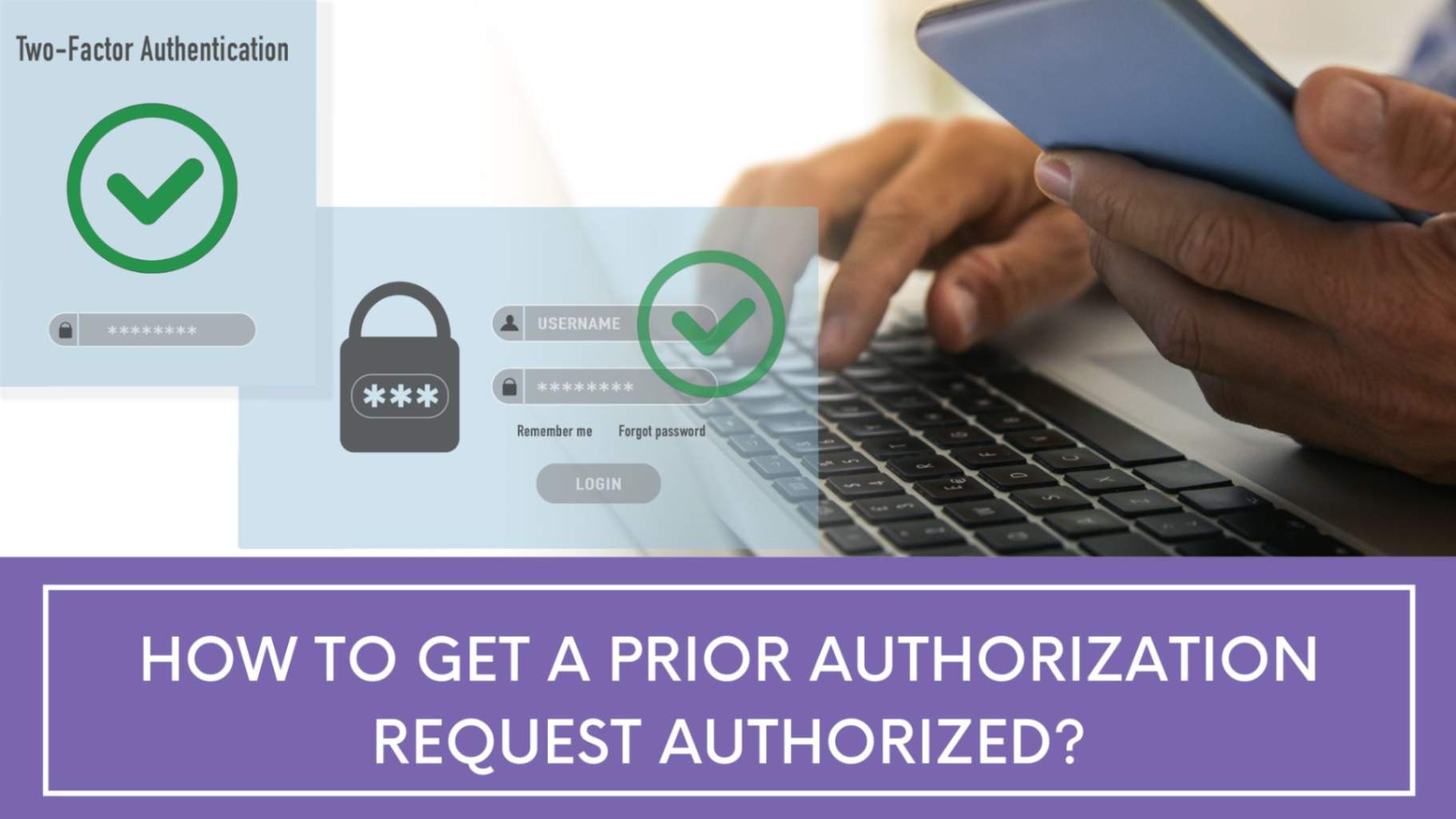How to Get a Prior Authorization Request Authorized
If the health plan needs prior authorization, provider should get it ahead of providing the healthcare service or medicine that mandates it. If the service not authorized by members healthcare plan, the healthcare insurer will not cover the treatment. The patient has to pay the bill directly.
When the healthcare plan uses the health professional in the plan’s network, the medical professional’s administration will submit the prior auth request and negotiate with the insurance company to get prior authorization, including managing any potential need to appeal a rejection.
Following are a few suggestions to ensure you get the prior auth request granted.
Table of Contents
Speak with the Decision-Making Person
Although the health insurer may demand pre-authorization, it’s not always the health insurer who decides whether the prior auth claim is authorized or rejected. While some healthcare plans still perform prior auths in-house, the majority outsource these tasks to profit companies.
Prior authorization claims for Magnetic Resonance Imaging (MRI) and Computed Tomography (CT) scans may be processed by a radiologic imaging benefits management organisation under agreement with the medical plan.
Companies may hire a behavioral health benefits management business to handle prior authorization claims for behavioral and mental health services. The patient’s plan might have an agreement with a pharmaceutical benefits management business to handle prior authorization requests for specific prescription medications or speciality medications.
The patient’s healthcare plan will direct provider if provider are unsure of which company is handling the prior authorization claim. However, don’t expect the healthcare plan officials to decide whether to approve or reject authorization request. Wait until you get a chance to talk with the person who makes the final decision.
First, check the Clinical Standards
In certain situations, the clinical standards upon which the reviewer makes their decision are visible. This is similar to knowing the solutions to a test ahead of taking it, but it isn’t cheating.
Provider should provide the reviewer with all of the details they require to ensure that it satisfies the requirements for the treatment provider going to perform.
Whenever provider file a prior authorization claim or appeal a denied prior authorization, they must:
- Attach clinical data that demonstrates to the reviewer that you followed the criteria for the diagnostic, treatment, or prescription you’re requesting. Make no assumptions about the reviewer’s knowledge of the patient’s health condition other than what you have submitted.
- If you’ve not followed the standards, mind explaining why.
Submit Accurate Information
When submitting a prior authorization claim, ensure that the information submitted is completely correct and detailed. Prior authorization claims might be rejected or delayed due to seemingly insignificant errors.
One simple error can also include submitting a claim for a patient called John Appleseed while the healthcare plan member’s insurance policy card identifies his or her name as Jonathan Q. Appleseed, Jr.
If the Healthcare Professional staff uploads copies of the patient’s most recent office visit records along with the prior authorization claim, the records may not contain all of the important data regarding the medical concern to address in the prior auth claim.
Given healthcare data that fails to meet claim requirement, then prior auth claim is unlikely to be authorized.
Request Rejected? Try Once more
Provider always have the right to understand or know why the claim for prior authorization was rejected. Provider could obtain more extensive information if they contact the medical management firm that first rejected the claim.
If Provider really do not grasp the jargon they’re saying, provider can ask them to describe why the claim was denied in simple English. The justification for the rejection is often something that provider can correct.
Ensure that your insurer adheres to the guidelines
It’s also vital to ensure that the insurance provider is following all pertinent national and state prior authorization guidelines.
Most insurance plans cannot demand prior authorization until a client sees an obstetrician-gynaecologist / OB-GYN or receives emergency treatment. Furthermore, most states establish their own rules for medical plans in regard to how long it takes to conduct prior authorization checks and resolve claims.
Final Thoughts
If Provider is advising a specific surgery or therapy to his patient, he should check with their insurance plan to determine if prior authorization is needed.
Although provider would most likely file the prior authorization claim on behalf of his patient, it is in his best interests to follow up and ensure prior authorization has been received before proceeding with any non-emergency operation.
This reduces the possibility of a claim getting rejected. It also assists in ensuring that the hospital services you provide are both cost-effective and efficient.
Provider can improve the processing of claims and reimbursements by outsourcing his prior auth operations. In order to help medical practices increase cash flow and optimise their medical billing procedures, we offer expertise in next-generation RCM- Revenue Cycle Management services including prior authorizations. Visit our website at practolytics.com to get in touch with us and find out how we can help.
ALSO READ – 2023: New Changes and Updates in ICD-10 CM Codes
Talk to Medical Billing Expert Today — Get a Free Demo Now!






